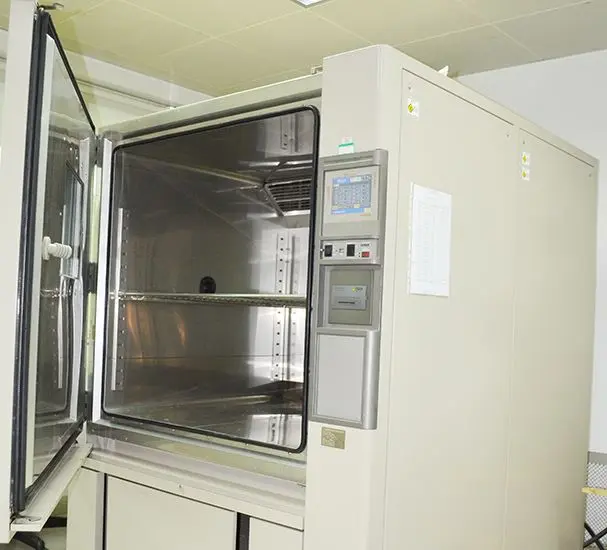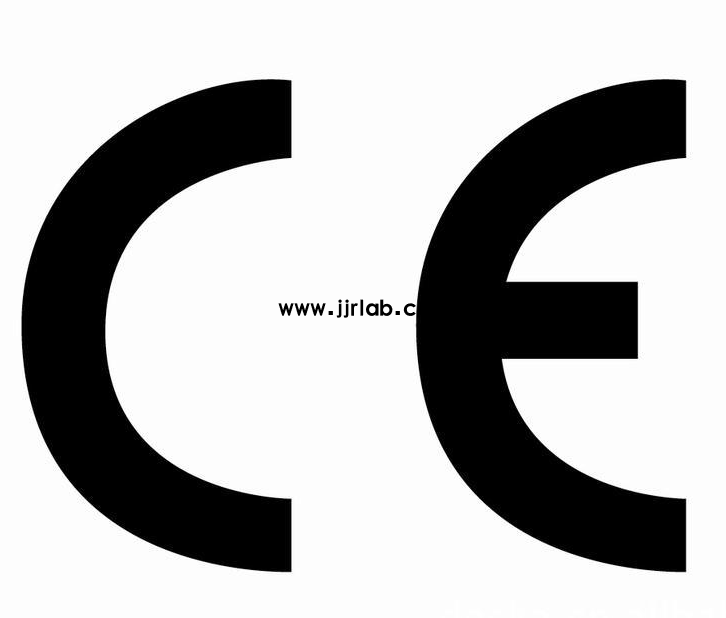
What are 16 CFR 1700.20 & 16 CFR 1700.15 standard?
With the development of technology, button batteries have been widely used in small electronic products such as calcULators, electronic watches, toys, medical devices, and more. Due to their small size and ease of removal, they pose a potential risk of accidental ingestion by children. Therefore, many countries have regulations regarding the certification and packaging of button batteries.

In U.S. legislation, there are two safety standards specifically for button batteries:
① 16 CFR 1700.15 – Packaging Standard
② 16 CFR 1700.20 – Special Packaging Testing Procedures
The former specifies the packaging requirements for button batteries, while the latter requires the packaging to pass a series of safety tests. Since packaging methods can vary, a single report can sometimes cover both standards.
Additionally, there is ANSI C18.3M, a safety standard for portable primary lithium batteries. This standard covers the entire testing process for button batteries, including mechanical, cheMICal, and electrical aspects. All three standards should be consideRED in the certification and packaging of button batteries.
① If the battery model and packaging method are the same, a single report can be issued.
② If the battery models differ, separate safety standard reports are required.
Although each standard can be conducted individually to meet certification requirements, the optimal approach is:
① Group batteries with the same packaging method together for certification.
② Certify batteries with different models separately.
This approach not only improves certification efficiency but also reduces costs for businesses.
It is clear that certification and packaging requirements for button batteries are very strict. Companies need to stay updated on relevant regulations and respond proactively. There are also many professional organizations that provide safety testing and certification services for button batteries. Choosing a reliable professional institution helps ensure compliance, reduce risks, and improve market competitiveness.
Certification Process for Button / Coin Batteries (16 CFR 1700.15 / 16 CFR 1700.20 / ANSI C18.3M)
1. Fill out the application form
2. Provide battery samples
3. Arrange testing
4. Receive draft report if tests pass
5. Confirm and issue the official report
Certification Timeline
1. Standard:16 CFR 1700.15, 16 CFR 1700.20
① Timeline:7 working days
② Series grouping:Same packaging method can share one report
2. Standard:ANSI C18.3M
① Timeline:2 weeks
② Series grouping:One report per single battery model
3. Standards:16 CFR 1700.15, 16 CFR 1700.20, ANSI C18.3M, PUBLIC LAW 117-171
① Timeline:2 weeks
Series grouping:Same battery model with the same packaging method can share one report. If multiple models require the three standards, the optimal approach is to issue one report for batteries with the same packaging method and separate reports for different models.
Email:hello@jjrlab.com
Write your message here and send it to us
 How to Test IP68 Rating
How to Test IP68 Rating
 Differences Between FDA and LFGB for Food Contact
Differences Between FDA and LFGB for Food Contact
 Process and Precautions for Amazon CPC Certificate
Process and Precautions for Amazon CPC Certificate
 E-mark Certification Testing Service Laboratory
E-mark Certification Testing Service Laboratory
 Amazon ISO/IEC 17025 UL Testing Service Laboratory
Amazon ISO/IEC 17025 UL Testing Service Laboratory
 How to get CE Certification for Lighting Products?
How to get CE Certification for Lighting Products?
 CE Certification Standards & Process for Elect
CE Certification Standards & Process for Elect
 Japan METI Registration & Japanese Agent Servi
Japan METI Registration & Japanese Agent Servi
Leave us a message
24-hour online customer service at any time to respond, so that you worry!




